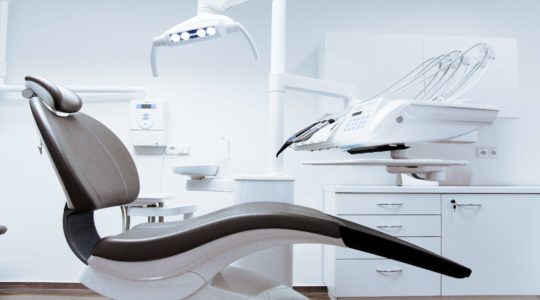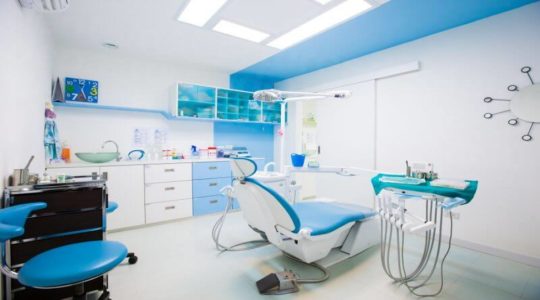
Innovative programme for aesthetic dentistry procedures
Cosmetic dentistry is a method of professional oral care that focuses on improving the appearance of your mouth, teeth and smile. And although cosmetic dentistry procedures are usually elective, rather than essential, some cases of treatment also provide restorative benefits.
The most common procedures used in cosmetic dentistry are fairly simple, whereas others are more complex and require specialized care.
Inlays and Onlays
These are also known as indirect fillings, which are made by a dental laboratory, and they are used when a tooth has mild to moderate decay or there is not enough tooth structure to support a filling. Provided there is no damage to the tooth cusps, according to Choice One Dental Care, the inlay is placed directly onto the tooth surface. When the cusp or a greater portion of the tooth is damaged, however, an onlay is used instead to cover the tooth’s entire surface.
Inlays and onlays are made in a dental laboratory from composite resin material and attached to the teeth with adhesive dental cement. They provide support to strengthen teeth, restore their shape and avoid any further decay or deterioration.
Composite Bonding
Composite bonding refers to the repair of decayed, damaged or discolored teeth using material that resembles the color of tooth enamel. Your dentist drills out the tooth decay and applies the composite onto the tooth’s surface, then “sculpts” it into the right shape before curing it with a high-intensity light. Also referred to as simply “bonding,” per the Consumer Guide to Dentistry, this effectively covers the damage to the tooth and gives the appearance of a healthy tooth in its place. Bonding is one of the least expensive cosmetic dentistry procedures available to patients with tooth decay, chipped or cracked teeth and worn-down edges.
Dental Veneers
Typically manufactured from medical-grade ceramic, dental veneers are made individually for each patient to resemble one’s natural teeth. They look exceptionally realistic and can resolve numerous cosmetic problems, ranging from crooked teeth, to cracked or damaged enamel to noticeable gaps between two teeth. The dentist applies the veneer to the front of each tooth using a dental adhesive.


